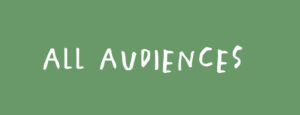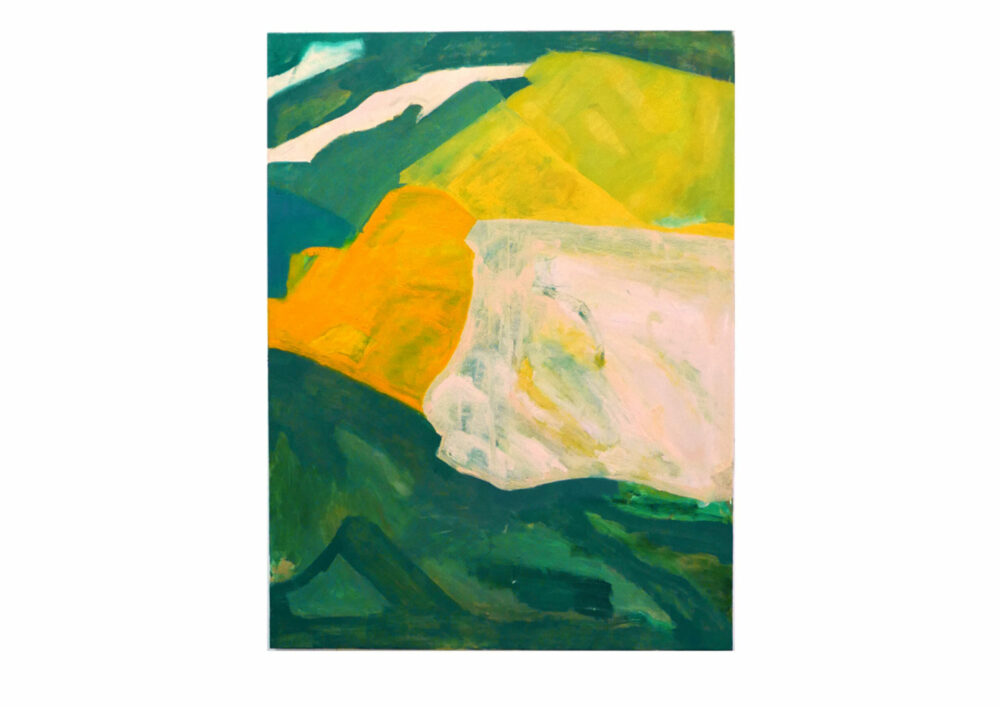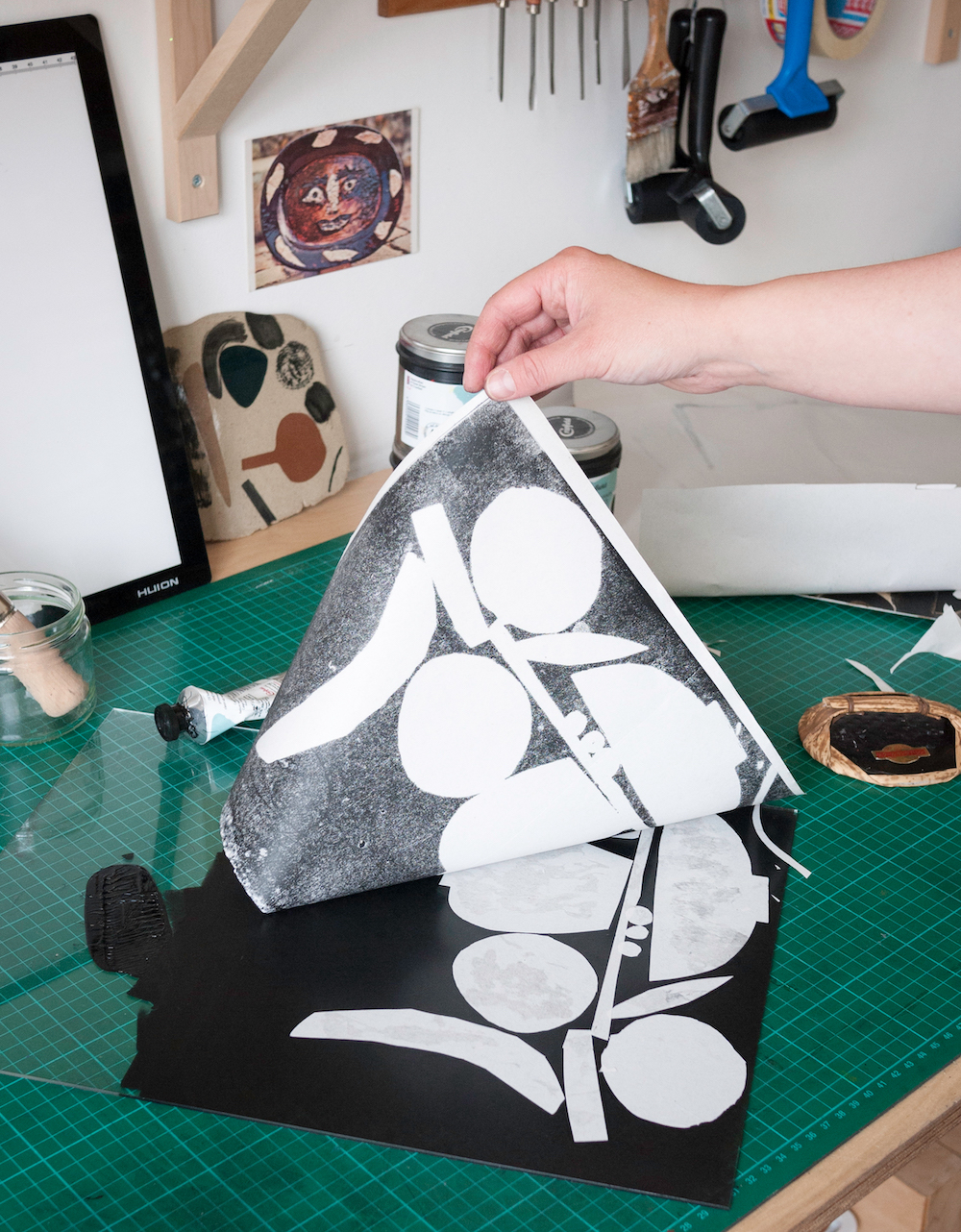Talking Points: An Introduction to Shape
A collection of sources and imagery to introduce shape.
Please note that this page contains links to external websites and has videos from external websites embedded. At the time of creation, AccessArt checked all links to ensure content is appropriate for teachers to access. However, external websites and videos are updated, and that is beyond our control.
Please let us know if you find a 404 link or if you feel content is no longer appropriate.
We strongly recommend as part of good teaching practice that teachers watch all videos and visit all websites before sharing with a class. On occasion there may be elements of a video you would prefer not to show to your class and it is the teacher’s responsibility to ensure content is appropriate. Many thanks.
*If you are having issues viewing videos, it may be due to your school’s firewall or your cookie selection. Please check with your IT department.*
This resource is free to access and is not a part of AccessArt membership.


An Introduction to Shape
Shape is used throughout art for lots of reasons; shapes can be vehicles for colour, convey emotion, and lead the eye on a journey around the page.
Different types of shapes can be categorised as ‘geometric’, ‘organic’ and ‘intuitive’.
Geometric shapes, like squares and triangles, are mainly found in manmade objects, for example, houses. You would often find ‘organic’ shapes in nature, for example, in leaves or shells. In 2-dimensional artwork, artists also create shapes ‘intuitively’ to represent a ‘thing’.
Artists use shapes to communicate a certain message or convey an emotion.
-
What emotion do you associate with certain shapes, for example, a triangle, circle or square?
-
Do you feel different when you look at organic shapes compared to geometric shapes?
Artworks consist of lines and shapes built together with colour in a certain composition, whether it’s an abstract or figurative piece.
-
Some people would define shape through line. What do you think?
-
When does a line become a shape?
When you look at an artwork, consider the shape and also the space around the shape (negative and positive space). These are shapes in themselves.
-
How do the shapes sit in the composition?
-
What is your eye drawn to? Why do you think this is?
Discuss the artwork below, considering some of the statements and questions above.
Abstract Landscape (1915- 1916) painting in high resolution by Henry Lyman Sayen. Original from the Smithsonian Institution.
Artist Unkown, Still Life with Guitar, Original public domain image from Saint Louis Art Museum

Landscape by Joe Gamble
Polypodium vulgare, British by Anna Atkins and Anne Dixon, Original public domain image from Getty Museum
Area Broken by Perpendiculars (ca.1934) painting in high resolution by Joseph Schillinger. Original from The Smithsonian Institution.

